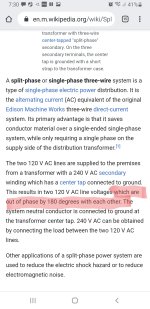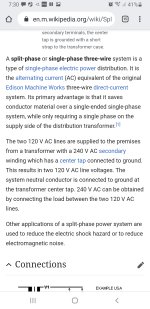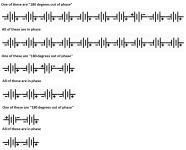strantor
Platinum Member
I can't fix this video, but I'll say one thing, that's the most knowledgeable appliance repairman I've ever seen. I don't think I've ever met an appliance repairman who even knows how to use a scope, much less owns one. I would hire him on the spot.
Here's another video, explaining how to make a ground-referenced scope measure across L1-L2. Add & invert on ch2. I wonder why he needs to invert?
Oscilloscope operation differential voltage measurement - YouTube
(See 2:50)



